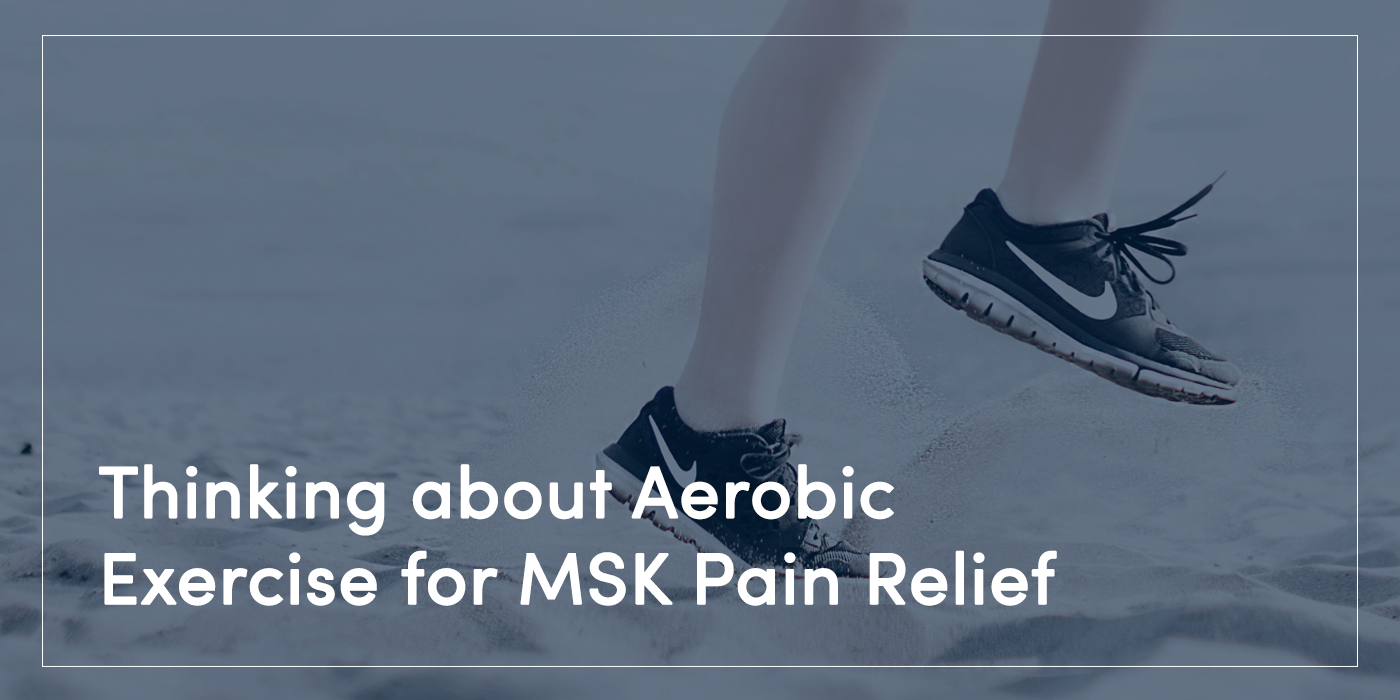Thinking about Aerobic Exercise for MSK Pain Relief

In this week’s Clinical Insight, we consider exercise induced hypoalgesia (EIH), and in particular aerobic exercise, and its relationship to pain sensitivity. Once again, this is not a full or in-depth review, but just some thoughts on a topic that raised interest this week.
Reduction in Experienced Pain
EIH is commonly thought of as a reduction in experienced pain during or following (in much of the research) a single bout of exercise, or across a number of sessions.
The research into this varies hugely across healthy and long term symptoms, plus differing demographics, with how pain is evoked, and also the level and dosage of the exercise prescribed.
Mechanisms on why a response is experienced are also varied. It seems that pain experienced at a local site is more amenable to a pain reduction but again, this is normally within an experimentally pain inducing model.
In healthy individuals, it seems the responses are small to moderate and in long-term pain there may in fact be a Hyperalgesic effect. Resistance, isometric exercises are also cited with aerobic as potentially pain modifying.
Relevant Research
Tan et al (2022) noted in a review of 11 studies that aerobic exercise improved pain pressure thresholds with long term pain and this included fibromyalgia.
Some of these studies looked beyond a single session of exercise and noted walking, and cycling particularly, at a sub maximal intensity 50-75% VO2 max regularly for up to 12 weeks could be helpful in some but not all cases, (exercise induced leg pain being one condition that did not improve).
Generally speaking, the responses in long term pain to exercise are variable, and we do not fully understand the mechanisms, although there are many theories available.
Studies have looked at different protocols with intensity and measures for that intensity. This again may be challenging to utilise in a standard MSK environment, but perhaps technology now can allow for greater specificity in exercise parameters.
Regular running has been shown to be of value in adults in reducing MSK pain (Bruce et al 2005). In the management of LBP a meta-analysis concluded that aerobic exercise could improve pain intensity as well as physical and psychological functioning (Meng et al 2015).
Value of Exercise Prescription
As clinicians, the prescription of exercise for all sorts of health and wellness needs is a first line, sensibly prescribed intervention. In the management of pain this is a tough prescription and getting the right intensity for the individual would be a challenge, and of course how would the clinician at the coalface build a programme without technology?
The rate of perceived exertion might be one model to employ without the use of technology (Borg rate of perceived exertion scale) and with heart rate it can be useful in the support for LBP (Demoulin et al 2020).
In conclusion, aerobic exercise prescription in certain parameters can be a simple first line intervention for MSK pain.
References
Bruce, B., Fries, J.F. and Lubeck, D.P., 2005. Aerobic exercise and its impact on musculoskeletal pain in older adults: a 14 year prospective, longitudinal study. Arthritis research & therapy, 7, pp.1-8.
Demoulin, C., Verbunt, J.A., Winkens, B., Knottnerus, J.A. and Smeets, R.J., 2010. Usefulness of perceived level of exertion in patients with chronic low back pain attending a physical training programme. Disability and rehabilitation, 32(3), pp.216-222.
Meng, X.G. and Yue, S.W., 2015. Efficacy of aerobic exercise for treatment of chronic low back pain: a meta-analysis. American journal of physical medicine & rehabilitation, 94(5), pp.358-365.
Tan, L., Cicuttini, F.M., Fairley, J., Romero, L., Estee, M., Hussain, S.M. and Urquhart, D.M., 2022. Does aerobic exercise effect pain sensitisation in individuals with musculoskeletal pain? A systematic review. BMC musculoskeletal disorders, 23(1), pp.1-21.


